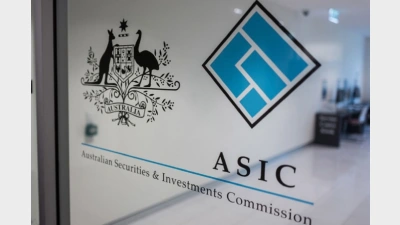Cost of SuperStream to reach up to $2 million



The cost of implementing the Government's SuperStream changes will impose costs ranging from $500,000 to $2 million.
That was the analysis of delegates visiting the Conference of Major Superannuation Funds (CMSF) attending a session dealing with the cost and implications of the Government's new Stronger Super regime.
As well, delegates were warned of the need to be ready for the changes, irrespective of whether the legislation had actually passed the Parliament.
The chief executive of the Retail Employees Superannuation Trust (REST), Damian Hill, said that with or without knowing the final shape of the legislation, superannuation funds should have been moving in the general direction of SuperStream.
"We are not taking the course of looking for legislative certainty, we take the view that these changes should be on the agenda anyway," he said.
Hill said that for REST, SuperStream represented a "massive deal" because the fund was dealing with 160,000 employers.
However, he said funds should be embracing channel changes and progressing those changes now rather than waiting for finality with respect to the legislation.
Recommended for you
Introducing a cooling off period in the process of switching super funds or moving money out of the sector could mitigate the potential loss to fraudulent behaviour, the outgoing ASIC Chair said.
Widespread member disengagement is having a detrimental impact on retirement confidence, AMP research has found.
Economists have warned inflation risks remain elevated even as the RBA signals policy is sitting near neutral after its latest hold.
Australia’s superannuation funds are becoming a defining force in shaping the nation’s capital markets, with the corporate watchdog warning that trustees now hold systemic importance on par with banks.









